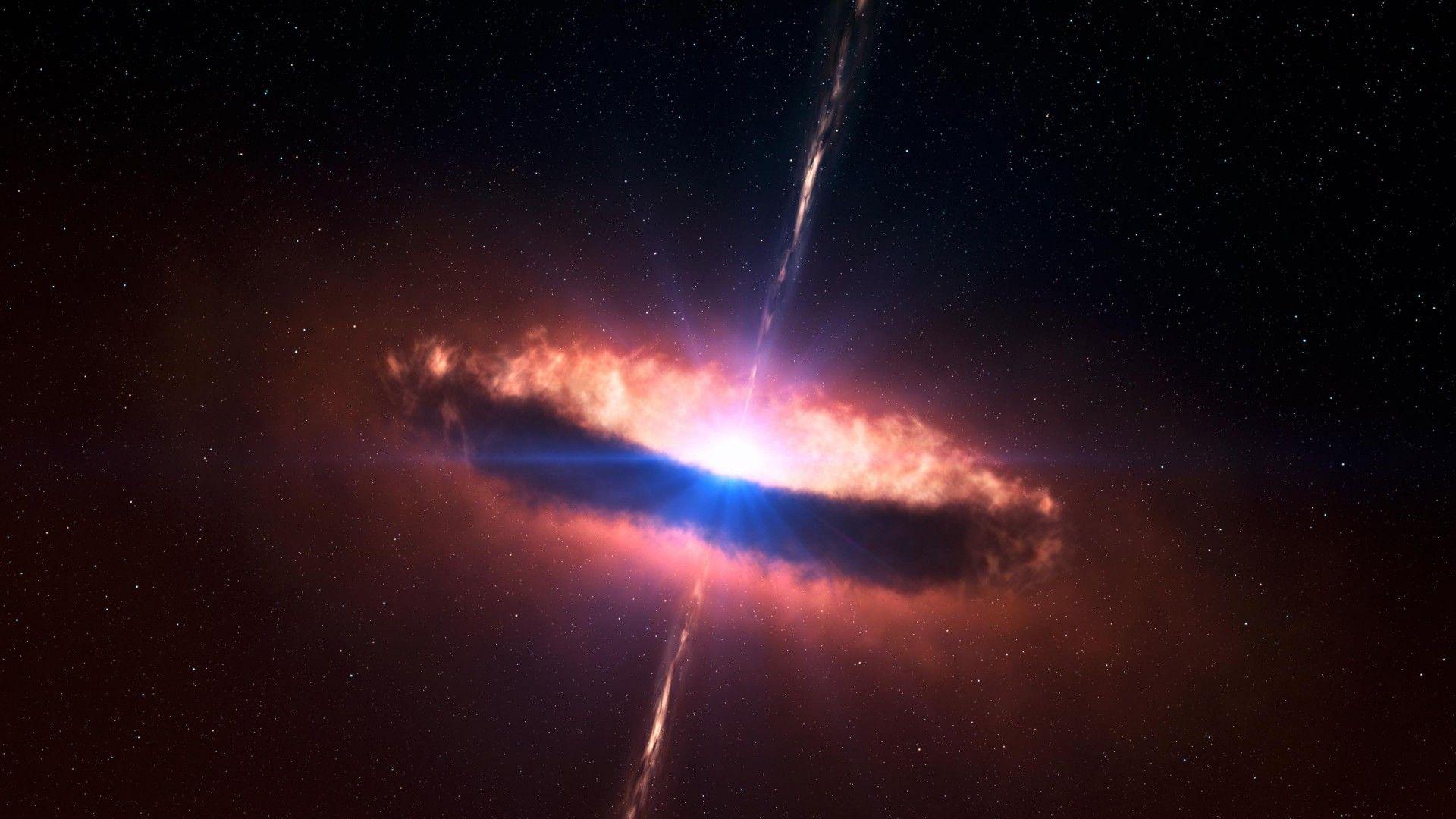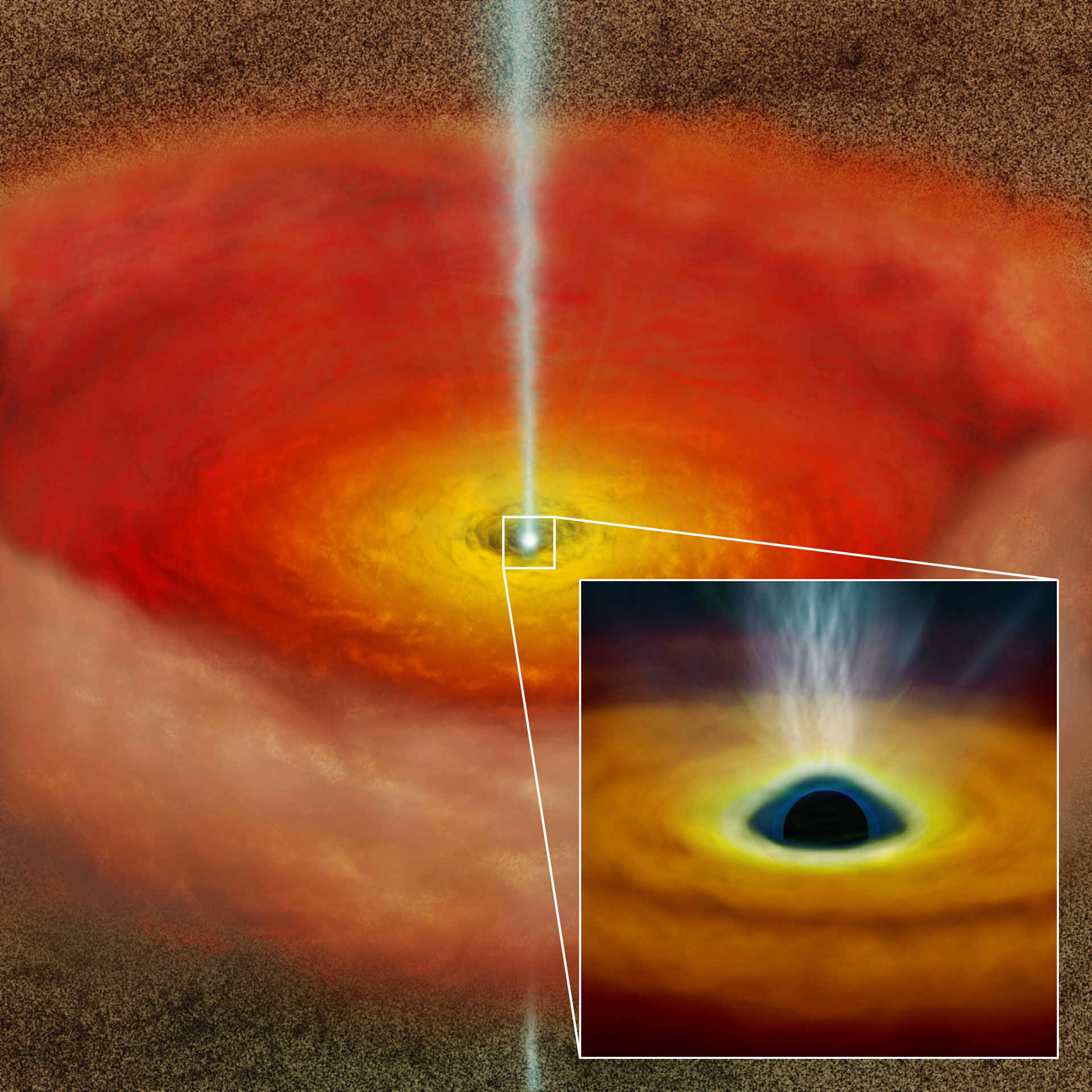
"Cooking up supermassive black holes in the early universe". ^ Mara Johnson-Goh (20 November 2017)."Zeroing In on How Supermassive Black Holes Formed". ^ Yasemin Saplakoglu (29 September 2017)."Biggest black holes may grow inside 'quasistars' ". ^ a b c d Battersby, Stephen (29 November 2007).The object would then quickly dissipate, leaving behind the intermediate mass black hole. This limiting temperature would mark the end of the quasi-star's life, since there is no hydrostatic equilibrium at or below this limiting temperature. As a quasi-star cools over time, its outer envelope would become transparent, until further cooling to a limiting temperature of 4,000 K (3,730 ☌). At these temperatures, and with radius of approximately 10 billion kilometres (67 au), or 14,000 times that of the Sun, each one would be about as luminous as a small galaxy. Quasi-stars are predicted to have surface temperatures higher than 10,000 K (9,700 ☌). These intermediate-mass black holes have been suggested as the progenitors of modern supermassive black holes.

Quasi-stars would have had a short maximum lifespan, approximately 7 million years, during which the core black hole would have grown to about 1,000–10,000 solar masses (2 ×10 33–2 ×10 34 kg). This constant outburst of energy would counteract the force of gravity, creating an equilibrium similar to the one that supports modern fusion-based stars. Once the black hole had formed at the core of the protostar, it would continue generating a large amount of radiant energy from the infall of stellar material.

Such stars would dwarf VY Canis Majoris and Stephenson 2 DFK 1, both among the largest known modern stars, in size. Formation of quasi-stars could only happen early in the development of the Universe, before hydrogen and helium were contaminated by heavier elements thus, they may have been very massive Population III stars. Quasi-stars may have also formed from dark matter halos drawing in enormous amounts of gas via gravity, which can produce supermassive stars with tens of thousands of solar masses. Such a star would have to be at least 1,000 solar masses (2.0 ×10 33 kg). Formation and properties Ī quasi-star would result from the core of a large protostar collapsing into a black hole, where the outer layers of the protostar are massive enough to absorb the resulting burst of energy without being blown away or falling into the black hole, as occurs with modern supernovae. Unlike modern stars, which are powered by nuclear fusion in their cores, a quasi-star's energy would come from material falling into a black hole at its core. A quasi-star (also called black hole star) is a hypothetical type of extremely massive and luminous star that may have existed early in the history of the Universe.


 0 kommentar(er)
0 kommentar(er)
